Where does the intranet fit in your digital workplace?
Does the intranet still have a role to play in today’s digital workplace, or is it now the redundant teletext of internal software? Given the choice of tech available, what is its USP, its purpose? Where does it fit? Can – or even should – the digital workplace exist without it?
The terms ‘digital workplace’ and ‘intranet’ tend to get thrown about interchangeably. But are they really one and the same? Can one exist without the other?
It’s a debate that’s been raked over many times in recent years. On one side, we have a pace of development that’s seeing new and exciting features being incorporated every day into the modern-day intranet. With all the bells and whistles, there’s a case to be made for those who claim the new intranet is the digital workplace. It can do anything and everything! It’s the digital place to go for work!
On the opposite side, there’s a legacy of the intranet that actually works against it. Traditionally one-way, top-down and static information tools, dumping grounds for the HR policy and quarterly newsletter – is it any wonder others argue the intranet is dead in a world of instant messaging, live streaming and bots?
Building a connected digital workplace
Where does – or should – the intranet fit?
The intranet of today is seeing a new lease of life. Now, the intranet is not only relevant: it is a critical and integral element of any successful digital workplace.
Perhaps unsurprisingly (given we sell intranets for a living) we’re going to argue that of course, the intranet has a place in your digital workplace. But we’re not quite at the hubristic stage of claiming it is the digital workplace.
It has a central, even critical role to play in creating, nurturing and strategically leveraging the potential of a successful digital workplace. But an intranet is just one piece of the puzzle: a single part of the much wider ecosystem that is our modern-day digital work environment. It can’t (and shouldn’t) do everything from payroll to IT ticketing. But it’s also come a long way from simply being an online corporate newsletter and DMS.
The primary purpose of an intranet, despite all the innovations we’ve seen in recent years, hasn’t changed. At its most basic, foundational level, an intranet is there to inform and connect your people. But just how it does this, particularly in relation to the rest of your digital toolbox, is what really sets the intranet apart: and arguably makes it more relevant now than ever. How do you create a digital workplace using an intranet?
We put this down to 5 key elements.
#1: Integration functionality – intranets connect the digital dots
The enterprise app market has, for want of a better word, exploded.
We now have tools available to accomplish almost any task we can think of. The average enterprise is clocking over 500 applications as part of its technology stack and projections are putting the value of the enterprise app market at an eye-watering $287.7 billion by 2024. That’s a lot of apps and tools.
But it comes at a price. Let’s imagine those virtual tools as being physical places. You go to one room to find a document or policy. You go to another room to communicate with team members about it. Another to collaborate with others on changes. And so on, and so on.
You may be hugely productive in each room, but it’s the constant to-ing and fro-ing, getting from one room to another, that is going to waste time and frazzle your nerves. It’s the same in the digital workplace. App-fatigued staff are jumping from one system to another, battling multiple logins and siloes of information.
Enter: the intranet. Now, thanks to advances in integration functionality, authentication methods or, quite simply, the centralized and accessible nature of an intranet within the organization, there is an opportunity to streamline that experience.
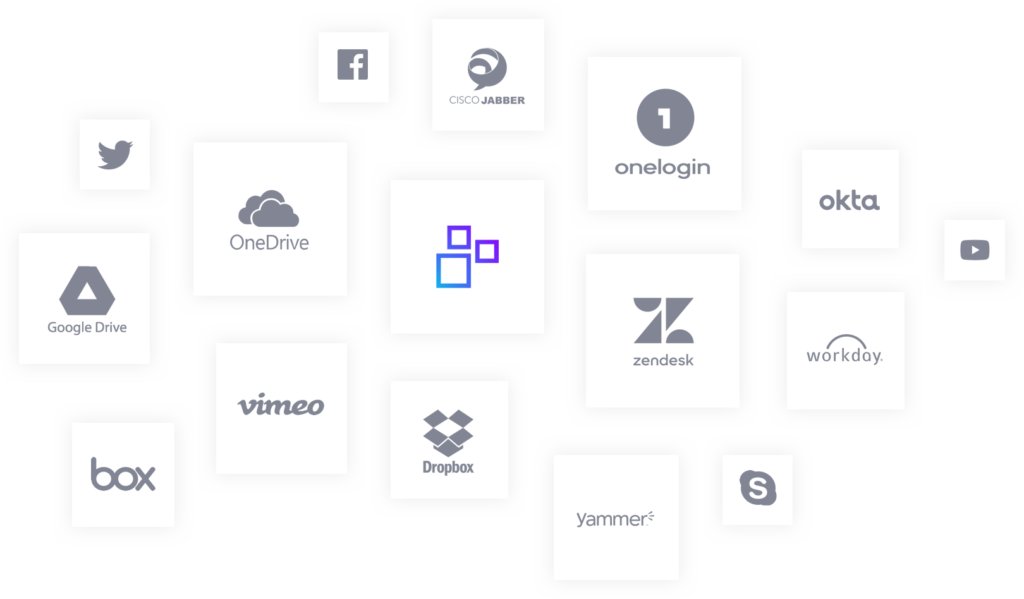
As a single digital destination or doorway into your digital workplace, your staff can log into your intranet and easily connect with tools, people and information: whether via a quick link, integration, or simply by removing one of the barriers by using your intranet as an identity provider. My intranet is my all-in-one control room, where I can instantly connect to my HR and training systems, the business CRM, payroll, customer service ticket system, and more. That’s a great deal less exhausting than walking from room to room.
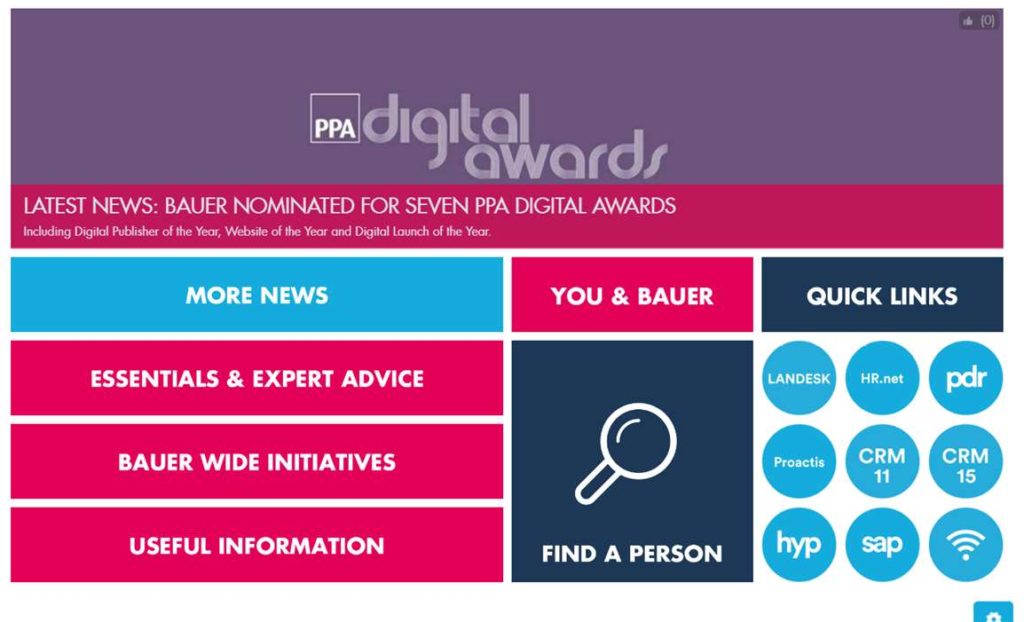
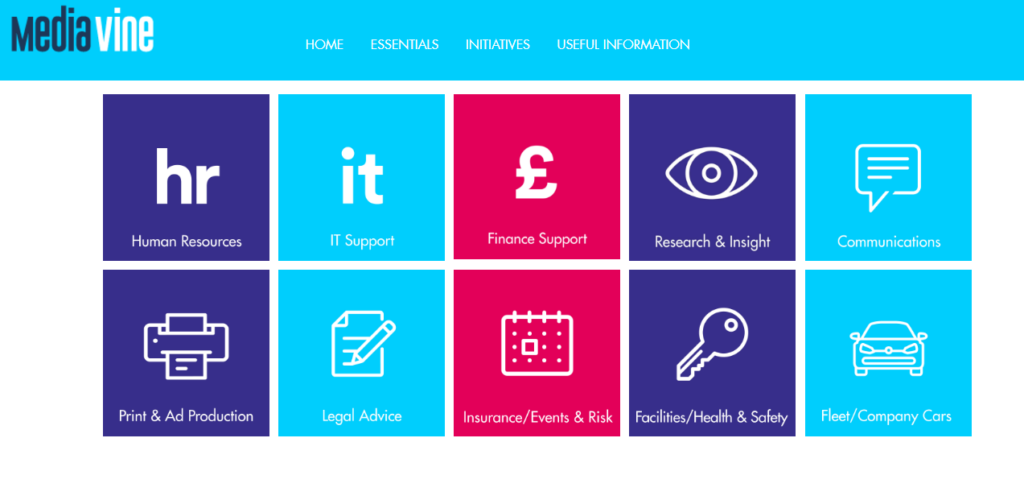 (Intranet Excellence Awards runner-up for Design, Bauer Media, uses its intranet Media Vine to connect staff to essential systems and applications required to do their day-to-day jobs.)
(Intranet Excellence Awards runner-up for Design, Bauer Media, uses its intranet Media Vine to connect staff to essential systems and applications required to do their day-to-day jobs.)
#2: Search – an intranet can get me what I want, when I want it
We live in an information age. The wonder of the World Wide Web has given us an unprecedented amount of knowledge at the click of a button: we type our request into Google, and away we go.
That’s an expectation our employees bring into the workplace; it’s also an area where, for the most part, enterprises fail. It’s no surprise, when we have these multiple systems and applications, each with knowledge locked away.
Organizations also tend to accumulate knowledge and expertise in the form of individuals: people who have built up a deep understanding of the ins and outs of the business. What happens when someone else needs to tap into that knowledge? Or, worse still, when that individual in the know leaves the organization?
An intranet, deployed with the correct integrations and connections with your existing applications, can source information from across your entire digital workplace. A type in the intranet search bar, and it can search not only content within the intranet, but in your connected cloud storage or other applications. If it can’t find the answer, it can defer to staff profiles and scan skills or expertise to find the right expert to ask.
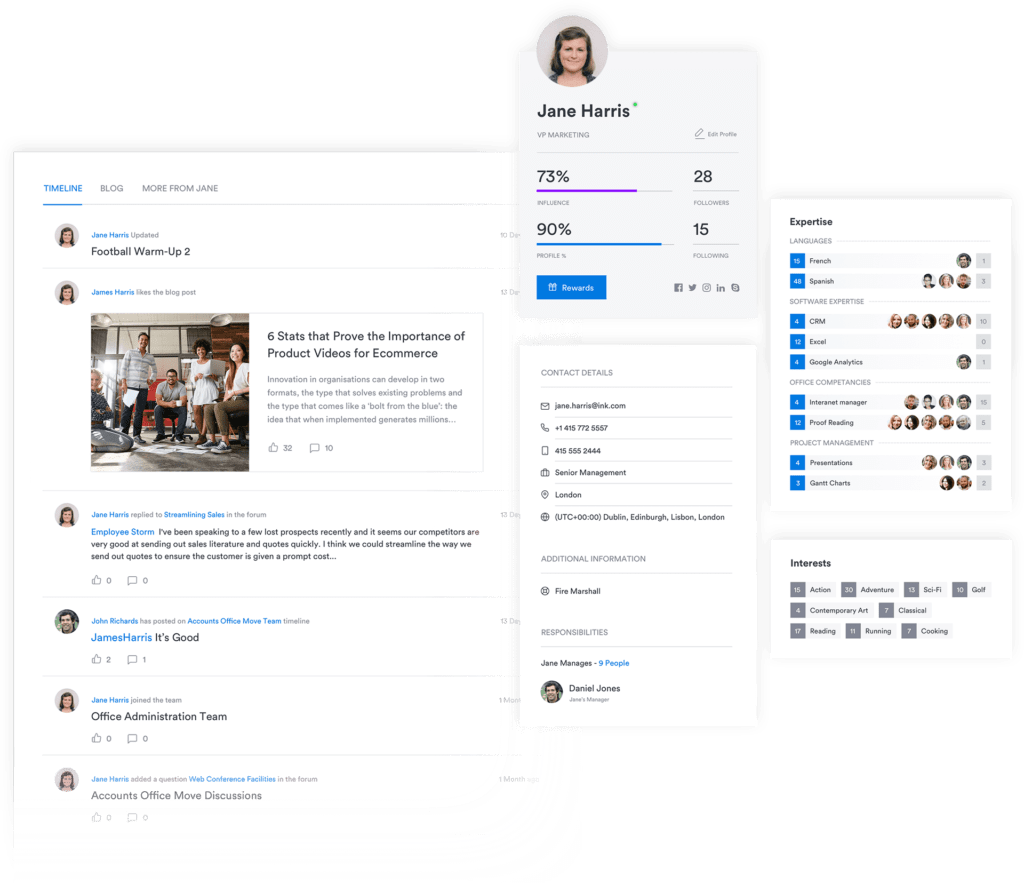
And just like that, your intranet becomes your enterprise Google.
Case study: Sheetz

US convenience store chain Sheetz faced significant productivity losses with a legacy system, which saw 36% of its employees spending over an hour daily searching for information needed to do their jobs: the equivalent of 20,000 staff. This added up to an estimated 7,200 hours lost every day, at a potential cost of $19mill per year.
By introducing an intranet with enterprise search that enables employees to self-serve in finding the right information needed to do their jobs, Sheetz is able to save significant time – and money.
#3: Employee experience – an intranet gives me relevant information in a way I understand
For the best part of enterprise tech history, our digital business tools have been just that: designed for business.
This isn’t surprising; after all, it’s the business that’s the paying customer, not the individual employee. Enterprise development has traditionally focused on features and functionality that deliver a tangible value for the overall business. Apps that look pretty or are easy and simple to use haven’t exactly topped the charts – and sluggish, frustrating, and just plain ugly tools have reigned supreme.
This is, thankfully, beginning to shift. But progress is slow, and lags behind the consumer market. Moving from a personal app that is intuitive and easy to use, such as Facebook or Whatsapp, to the more clunky and dry experience of a business tool such as Microsoft SharePoint, is a stark contrast that leaves many an employee tearing their hair out in exasperation at their desk.
Today’s leading intranet providers are rising to this challenge. They are, after all, designed to fulfil the employee need to connect to their organization, information and each other.
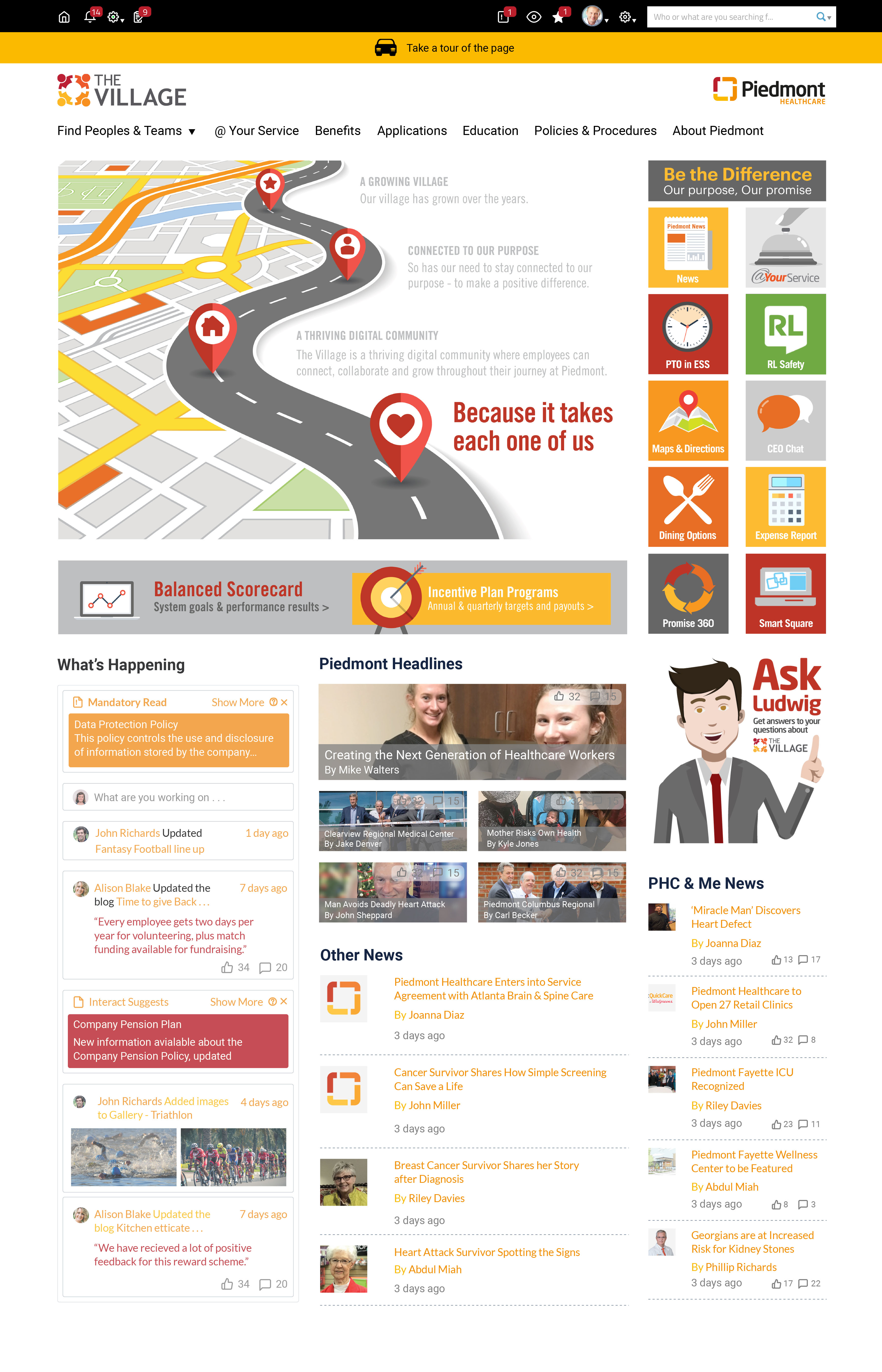
(Piedmont Healthcare, Intranet Excellence Award winners, combine highly visual design with familiar features and functionality such as a timeline, blogging, @mentioning and #tagging to deliver an exceptional user experience for staff.)
Design and UX are top of the priority list. Now, we can not only create highly visual and intuitive platforms that are easy to use; we can use built-in intelligence to push tailored or relevant content to specific employee groups. Just as Amazon pushes recommendations based on my purchase history, or YouTube lines up videos based on what I’ve watched: an intranet can be configured to push the right information to the right people, at the right time.
Couple that functionality with integration, and this makes the intranet the ’employee interface’ on top of those hard-to-use tools that cause us so much frustration. Social features, a task-based information architecture, personalization or tailoring of content: the intranet is leading the way in transforming the user experience of the digital workplace. Now, we can create a free flow of information and activity in a way our employees understand, and demand.
Building a connected digital workplace
#4: Culture – an intranet moves the digital workplace from a bunch of tools, to a connected and people-focused ecosystem
The majority of legacy technologies in our digital workplace are task-orientated: they exist to help us get stuff done. That might be submitting our expenses in Concur, raising an IT support ticket in Zendesk, or looking up a customer in our CRM.
But as our workplaces become increasingly digital – to the point where some organizations have no physical shared space at all, and communicate almost exclusively in a virtual capacity – there’s a growing concern about the impact on workplace culture. If you don’t have an office, how can you connect staff to the business, its vision, direction, values and purpose?
Off-the-shelf business apps are designed to do a certain task; they are rarely personalized or reflective of our business personality or culture. Every app, that is, apart from the intranet.
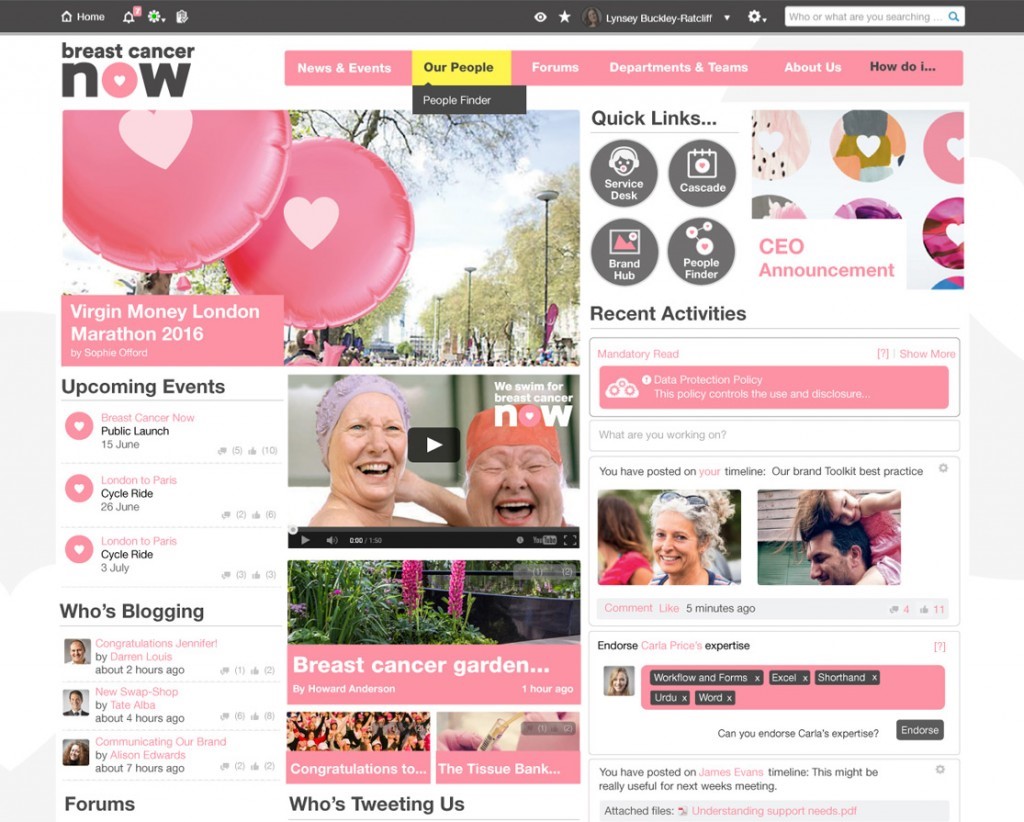
(Non-profit Breast Cancer Now injects its own look, feel and personality with its iconic pink color and heart icons on its intranet, i-Now. The effect is a virtual representation of its culture that helps staff identify with and connect to its cause.)
Intranet platforms, given their employee-focused design, offer a suite of features and functionality that no other software in the marketplace caters for, which can collectively craft this intangible element of ‘culture’ we seem to be losing. This includes:
- Internal branding: a uniquely named and branded intranet instils ownership, pride and a sense of identification or belonging. It becomes part of the company vocabulary and has its own recognizable personality, design, logo and more.
- Connecting staff to purpose: we want to know what we’re working towards and the role we play in the big picture. An intranet can be used to showcase the mission and direction of the organization, communicate company values, share news and updates, celebrate success and to inform everyone of developments, objectives and more.
- Two-way communication and social tools: People make a business: they are what ultimately make and live the culture. Creating a virtual water cooler where employees can easily find and connect with one another, communicate in real time, share non-work discourse and find peers with shared interests all make that experience happen in the digital workplace. Tools within an intranet such as blogging, forums, a social timeline, galleries and the integration of applications such as Slack and Yammer all support this.
- Rewards and recognition: recognition of efforts is a huge driver for employee engagement, with a positive impact on retention and employer brand. An intranet offers capacity for both peer-to-peer and top-down recognition, whether through purpose-built rewards apps or a simple shoutout on a blog.
- Pulse Surveys: Getting frequent and timely feedback from your employees is a great way of getting insight into the thoughts, feelings, engagement, and understanding of your employees. Because they’re done on a regular basis, they also allow you to address any issues quickly and before they grow into something more unmanageable.
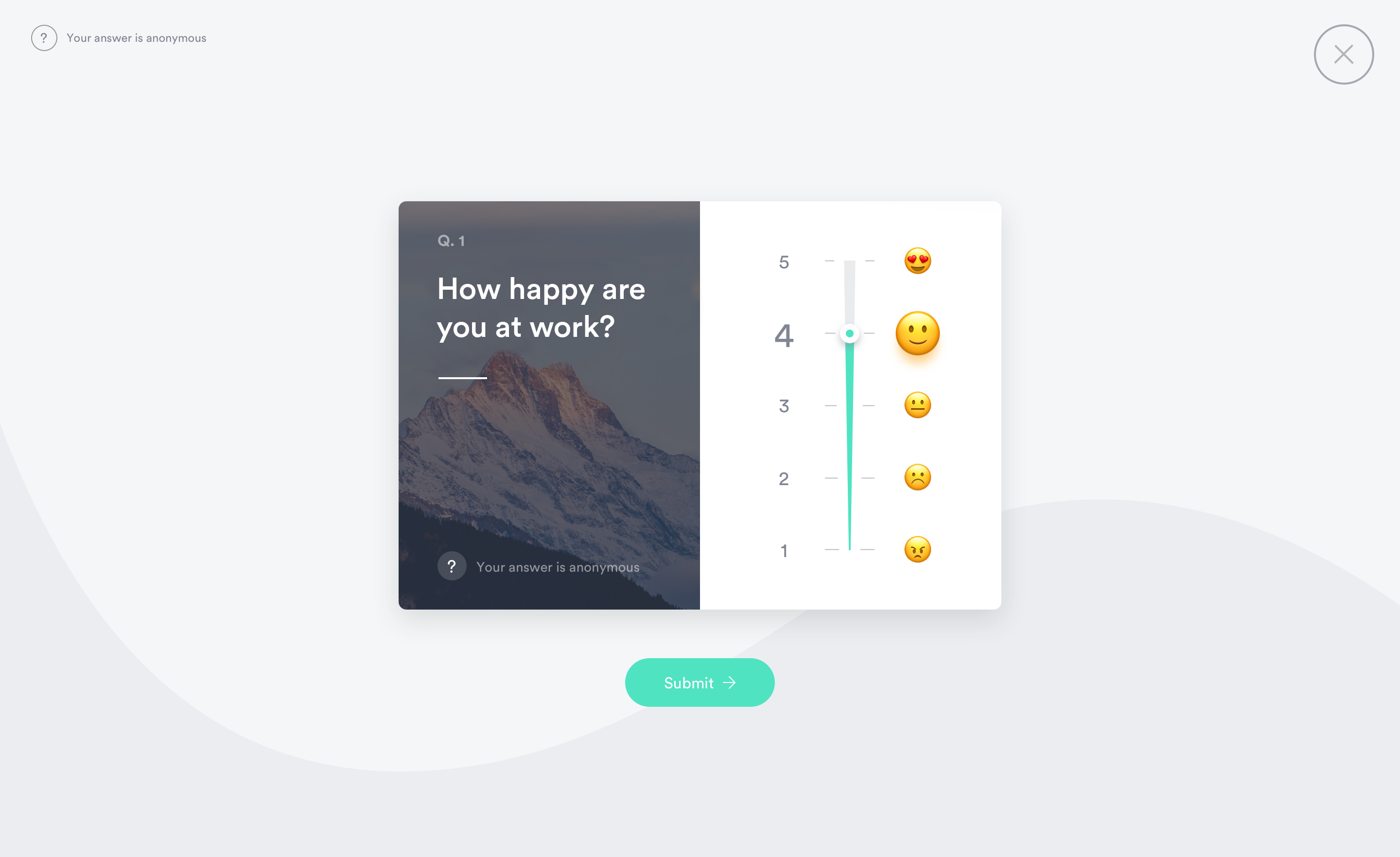
#5: Mobile – an intranet app means the digital workplace goes where I go
We all know the mantra by now: the future is mobile.
Enterprise mobile app development is on the rise, but the reality remains that adoption on personal devices is low. When we look at the sheer volume of apps we’d need to download in order to recreate our digital workplaces on mobile, that’s no surprise. I’ve limited space on my phone, so why would I voluntarily use it on my expenses app, CRM app, payroll app, cloud storage app and more?
However, being able to offer employees true mobility and the ability to go to work wherever they are is increasingly important. Remote and flexible working continues to rise, mobile screen time has tipped the scales over desktop-based, and younger generations entering the workforce are bringing an expectation of agile working with them. We have to go mobile.
Instead of forcing the whole suite of digital workplace apps on our staff, we can mirror our desktop approach – and use the intranet to streamline the experience.
Acting as a central access point, from your intranet app staff can get on-the-go updates, connect with peers, access other applications and perform essential tasks. For those staff dispersed or on the road, it’s a means to still feel a part of the business: no matter where they are.
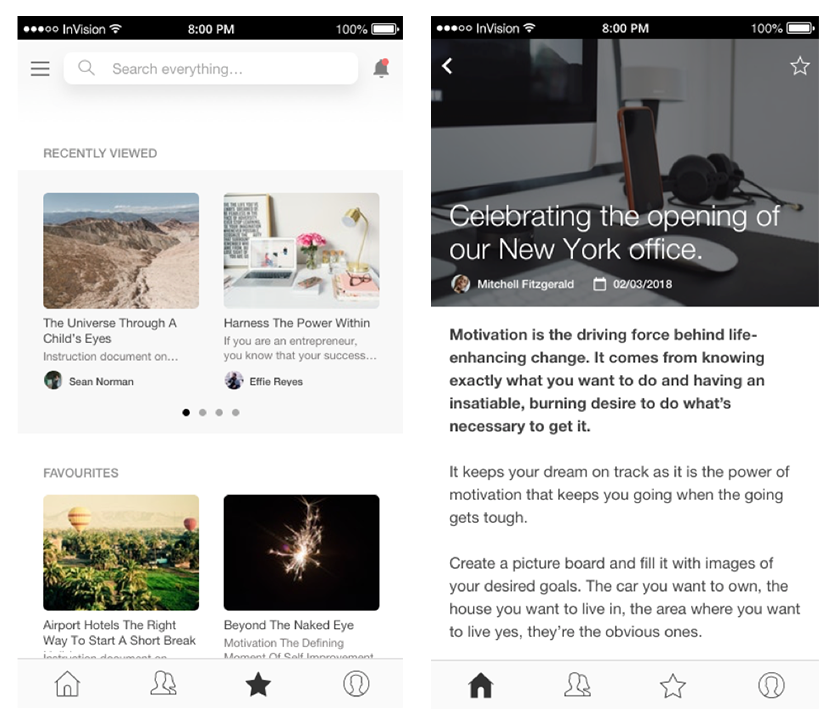
Your intranet: at the heart of the digital workplace
It’s time to adjust our thinking away from the file repository intranet of old. The modern-day intranet, executed correctly, should be the place our employees go to work: their entry point into the digital workplace.
An intranet doesn’t claim or set out to do everything. It does, however, put the employee first: which, in today’s increasingly complex and tool-centric digital workplace, is a powerful advantage. It connects our disparate, dispersed systems. It makes the digital journey through work more intuitive, simpler, easier. It brings design and UX to the top of the priority list. It shapes and communicates that intangible yet crucial concept of company culture that lies at the root of employee engagement.
Can you have a digital workplace without an intranet? Yes. Every organization that has its monthly sales figures on excel or keeps its customers details on a CRM has, in theory, a ‘digital workplace’. But to really realize the potential and bring the digital workplace together, an intranet should feature on your digital wishlist.

